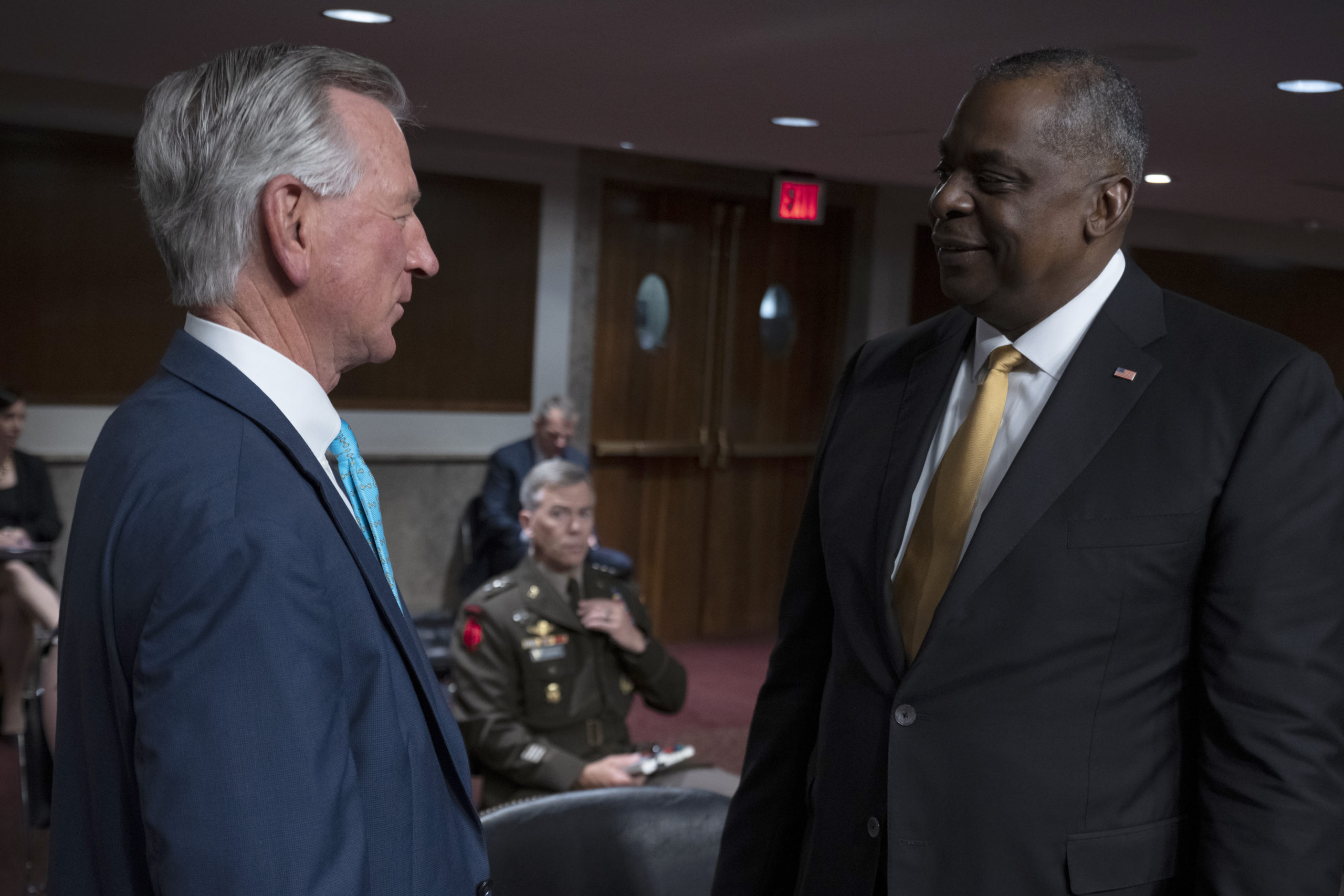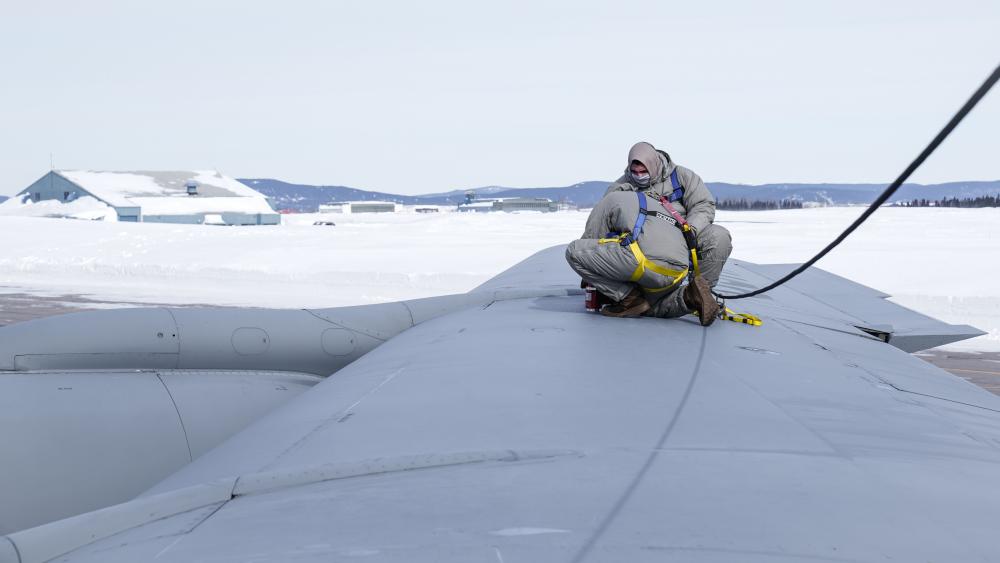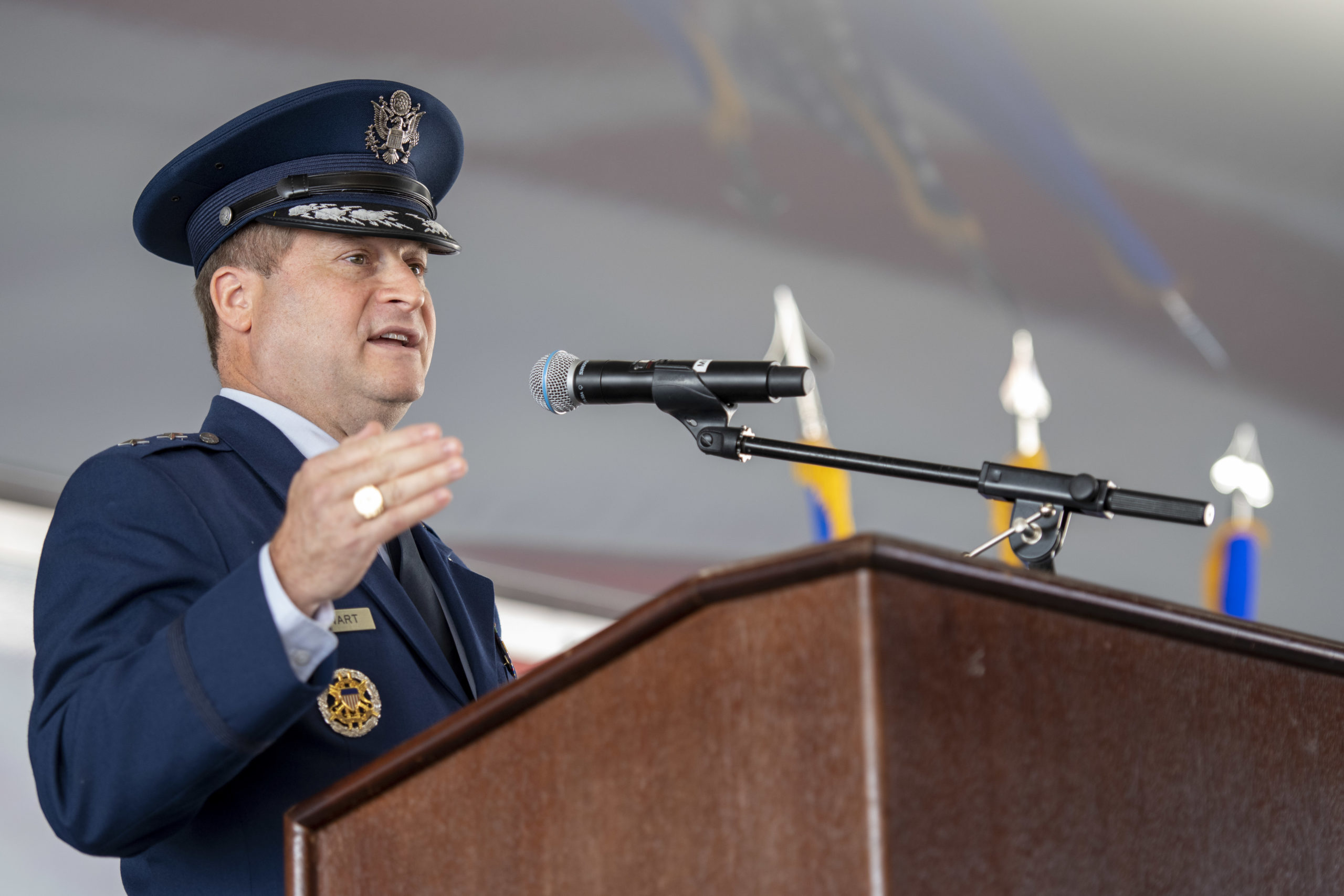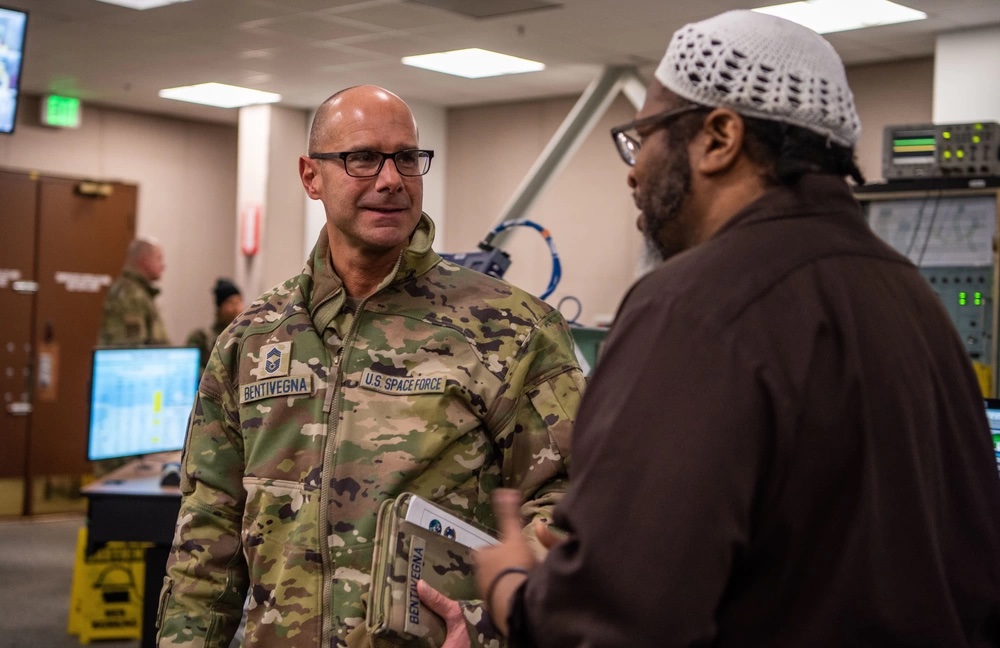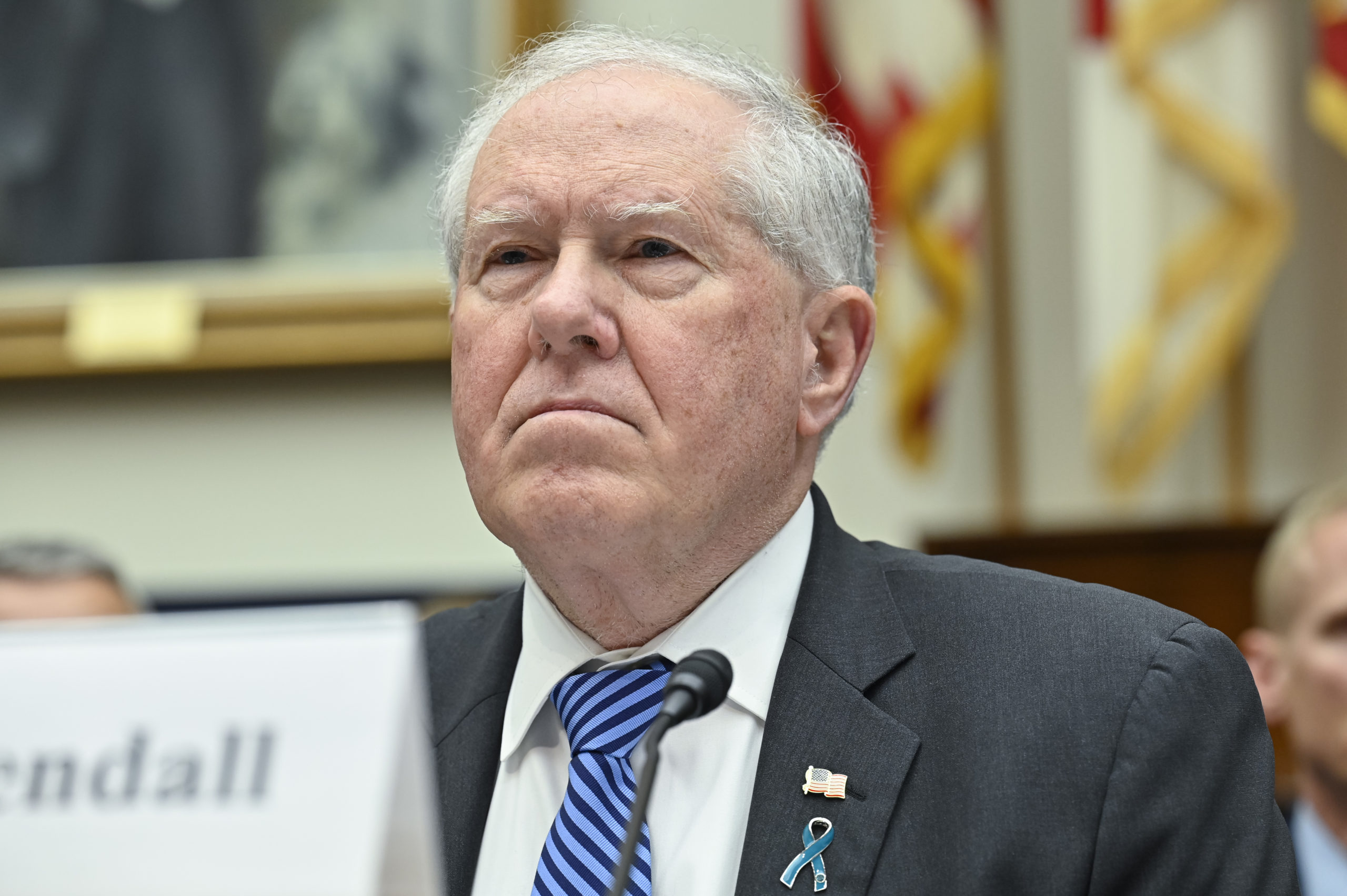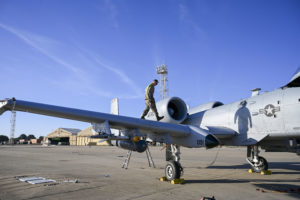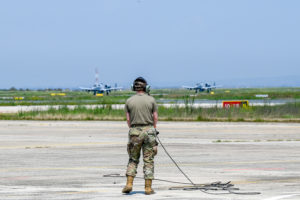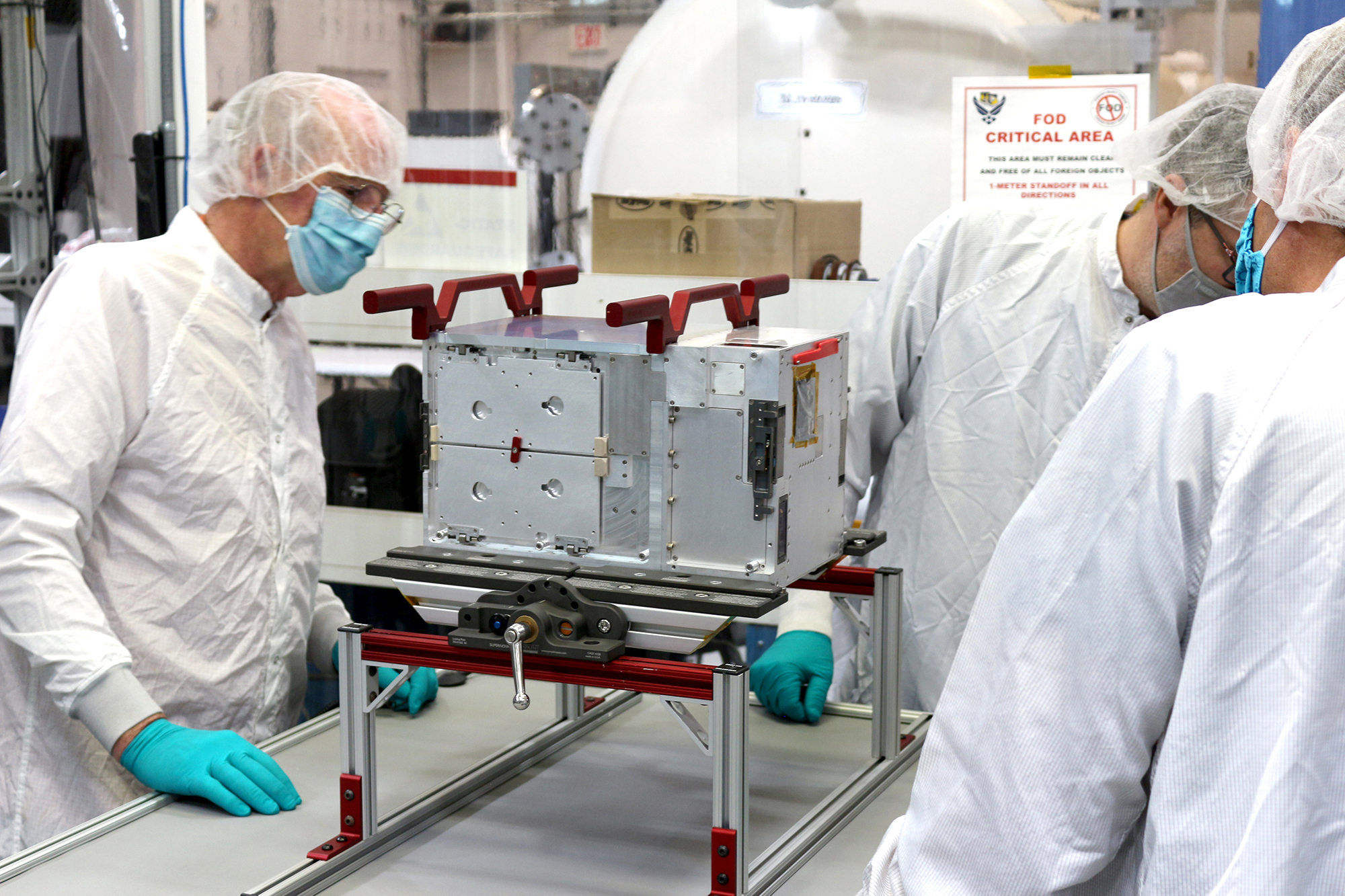The Air Force—along with the entire Pentagon—must make all the links of its “kill chain” more robust and resilient. But it all hinges on producing modern air platforms and weapons—specifically, fifth- and sixth-generation fighters and bombers—in sufficient numbers, according to retired Lt. Gen. Joseph Guastella, the former deputy chief of staff for operations.
Speaking on a Mitchell Institute webinar, Guastella said the “number one thing is, we need the fifth-gen fighters, in the sufficient volume, to get after the threat.”
Right now, the Air Force is “flying around with a huge portion of our force that is fourth-gen fighters,” which are “not survivable in the high-end fight,” said Guastella, who retired in 2022 and is now a Mitchell Institute senior fellow. And those fourth-gen fighters are largely equipped with third-generation munitions, he noted.
Brig. Gen. Richard Goodman, commander of the 57th Wing at Nellis Air Force Base, Nev., agreed with Guastella’s assessment, saying he sees the service as having “a foot … in two places right now” between its large contingent of fourth-generation aircraft and efforts to develop and field fifth- and sixth-gen capabilities. Investing in larger numbers of those more advanced platforms would “close that capability gap,” he said.
Goodman, whose wing forms a key part of the Air Force Warfare Center, also said training will be a “cross-cutting enabler” for winning the kill chain competition. He urged more investment in training ranges and argued that it should all be connected to the Joint Synthetic Environment, the Pentagon’s modeling and simulation system that weighs the relative values of different systems, in varying quantities, against plausible threats.
The fifth- and sixth-generation platforms Guastella and Goodman referenced—namely the F-35 fighter and B-21 bomber, respectively—are the only ones that can “close the kill chain” on their own, given their extensive and exquisite combination of stealth, sensor fusion, and networking capabilities, Mitchell Institute senior resident fellow Heather Penney said, summarizing a recent report she authored.
The ”kill chain” is the sequence of events that must take place in order to identify and strike a target in a timely fashion.
Platforms like the F-35 and B-21 act as pathfinders for the rest of the force, and in the report, Penney recommends building them at scale. She also urges the development of resilient networks, new space-based sensing and communications systems, and a new class of weaponry.
Building those platforms—and the planned Next Generation Air Dominance fighter—“has to be the top priority in winning the kill chain competition,” Guastella said, “because those aircraft will ensure that the delivery platform is survivable, that a huge part of the sensor/shooter [network] is right there and available. And they’re coming off the line now, but they’ve got to come off in sufficient quantities,” he said.
Similarly, Penney said it is crucial the U.S. doesn’t repeat the “fatal” mistake it made with the B-2 and the F-22—both aircraft were leap-ahead capabilities, but after a huge investment in their development, they were only built in small quantities, especially insufficient given the tens of thousands of possible targets in a Pacific air campaign, she said.
Instead, Penney urged the Air Force to maximize production of the F-35 and B-21, especially as they are coming off hot manufacturing lines now.
“We can’t delay what we need to do,” she said, saying expanded production is an essential step to “mitigate risk in the near-to-mid-term,” given the possibility of conflict with China within the next decade.
In her report, Penney notes that China will attempt to disrupt the kill chain at various stages of the process, increasing the need to make it more resilient and acquire systems that can complete the whole chain on their own.
Winning the kill chain competition means “success or failure for our nation,” Guastella said.
“The ratio between fixed targets—that we classically would hit with a strategic bombing campaign—and mobile … moving or dynamic targets, or emerging targets, is shifting every day in the direction of dynamic targets,” Guastella said.
Every adversary has studied the Air Force way of war and has learned that USAF can hit any fixed target, no matter how well defended, he continued.
“If you want to stay alive … just make it a mobile target. And it’ll be a lot harder for us and more survivable and more effective for the adversary,” Guastella said.

